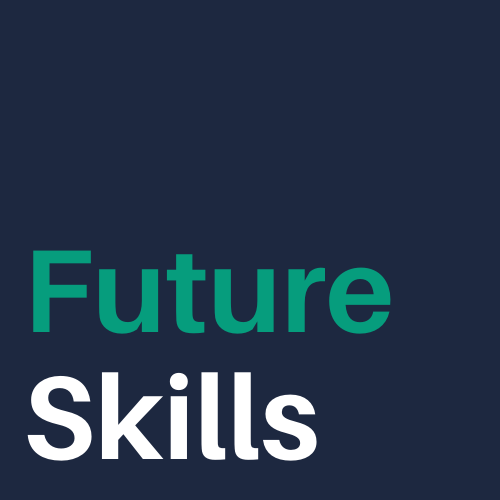“Many people I know which are older than I am usually talk about having one job, and one job for life. However, almost everybody who is the age of my students are talking about having multiple jobs. I will be a consultant here, a consultant there, I will work with this company for three days and so on.” Maja Pantic, professor of affective and behavioral computing at Imperial College London,
The Guardian Science podcast hosted a live event on How Artificial Intelligence will change the world featuring a panel of leading scientists and a robot ethicist. The podcast is worth listening to in full, especially as they go in depth to talk about the different between narrow and general AI and the implications of general AI.
Like most panels on the future of AI, the discussion changes to jobs and how artificial intelligence will affect them.
Maja Pantic, professor of affective and behavioral computing at Imperial College London:
“The assembly jobs, those are already taken by robots, industry robots [that perform] very simple techniques. However, I believe the Fourth Industrial Revolution is about to come or is coming each day closer. It’s because of how the whole world is moving. There are a couple of things that are important. So one is digitization. Many people I know which are older than I am usually talk about having one job, and one job for life. However, almost everybody who is the age of my students are talking about having multiple jobs. I will be a consultant here, a consultant there, I will work with this company for three days and so on. So it will be the way we do the jobs. Because we have the internet and we can have a lot of different jobs and doing these pieces and giving our expertise as needed. A lot of jobs will be a symbiosis between machines and humans. Doctors already do that.”
Alan Winfield, professor of robot ethics at UWE, Bristol:
“It’s pretty clear that when a job is threatened, even by change, it doesn’t even have to be threatened by going out of existence, just by change, and it’s a job that has a great deal of political or social voice, there is going to be a lot of grumbling heard. Any routine job that you can give a crisp problem definition of, that is somewhat threatened. It may take a long while to before you get there but that’s why I have the best, safest job ever: philosopher. Nobody has a clue what it is, not even philosophers! But in general this is true for many of jobs. Many jobs have some weird core where it’s slightly ill defined what’s going on. But then you have the routine parts and they can be automated. Whether we want to automate them or not depends on how we want to style the job.”
Maja again, this time on the tech industry’s poaching of the brightest minds on AI:
“All these PhD students which they took and all these post-docs which they took, were educated by us, by public money. So it’s absolutely not true that the innovation is theirs and that it can remain in private domain. This is absolutely outrageous that we currently have Google, Amazon, and Facebook, like five companies that are taking absolutely everybody in academia, the phd’s and post-docs. Because we don’t have the next generation. Who will actually educate those people who need reeducation? Who will educate our kids? I think this is outrageous that they will also – because they bought all these really smart guys, they will actually own the innovation.”
Thought parking:
- Career education is stuck in the one job for life mentality.
- I wonder how different generations will adapt to jobs that are a symbiosis between human and machine. I’ve had plenty of managers who can’t grasp PowerPoint and CRMs. How do managers plan for that symbiosis now?
- Job styling seems like it could be a job in it’s own right – an ethnographer who observes the day to day work of employees, conducts interviews with those who do the tasks, and develops recommendations on how automation can improve job categories.
- I’ve read plenty of articles about tech companies poaching from academia. I always thought of it in positive terms – the researchers are going to make so much more money and see their impact so much quicker – yet never considered the implications for future generations. Each time tech poaches from academia there are fewer people to teach, mentor, engage, and contribute to the higher education communities.



